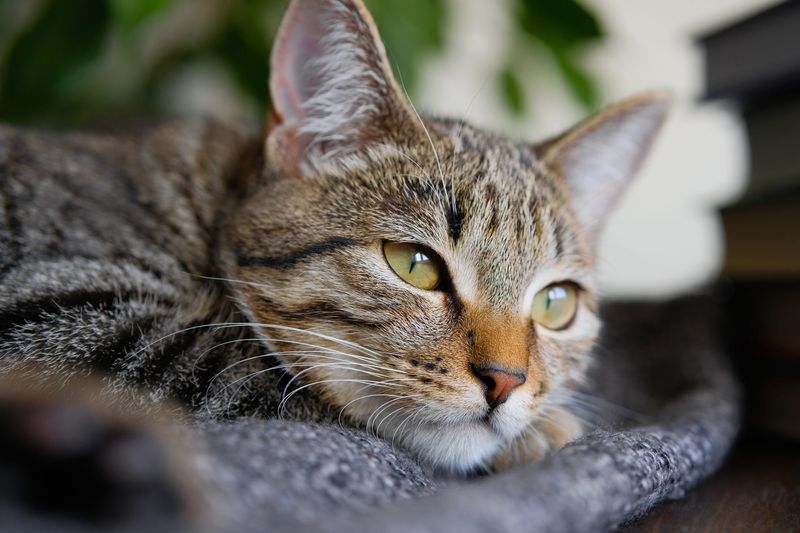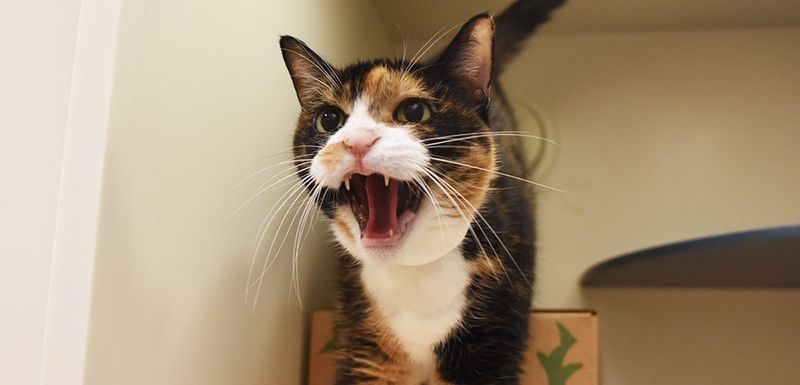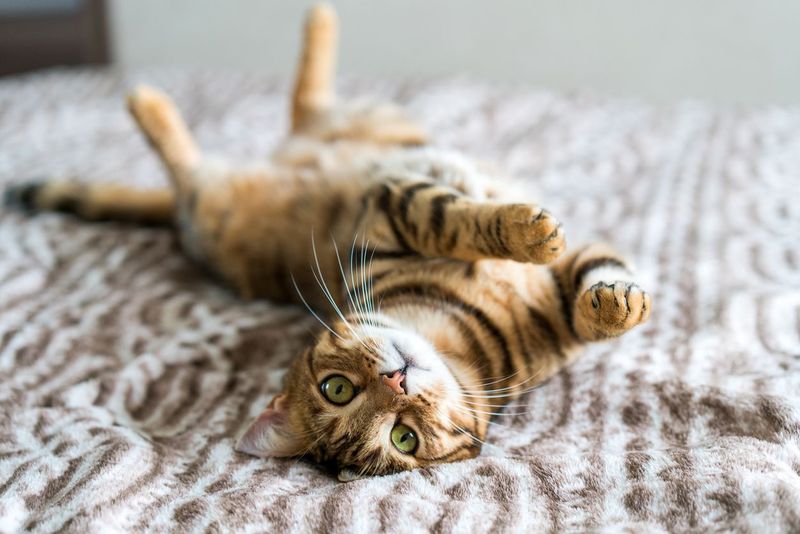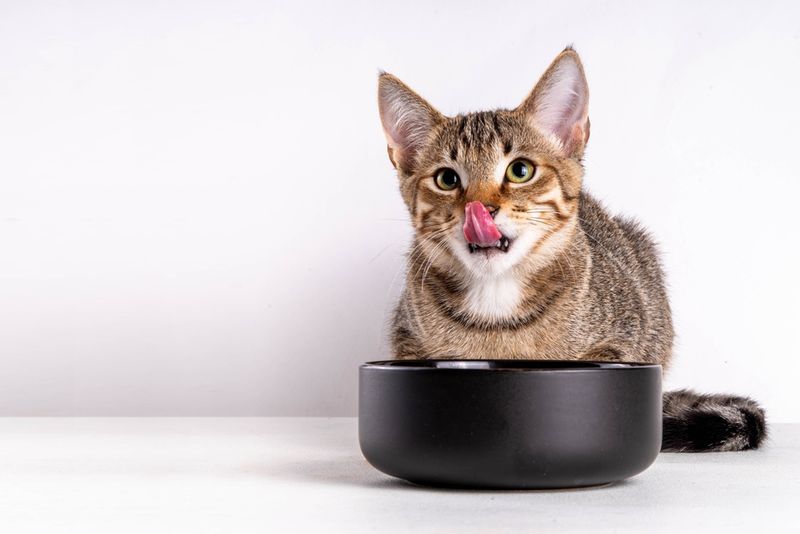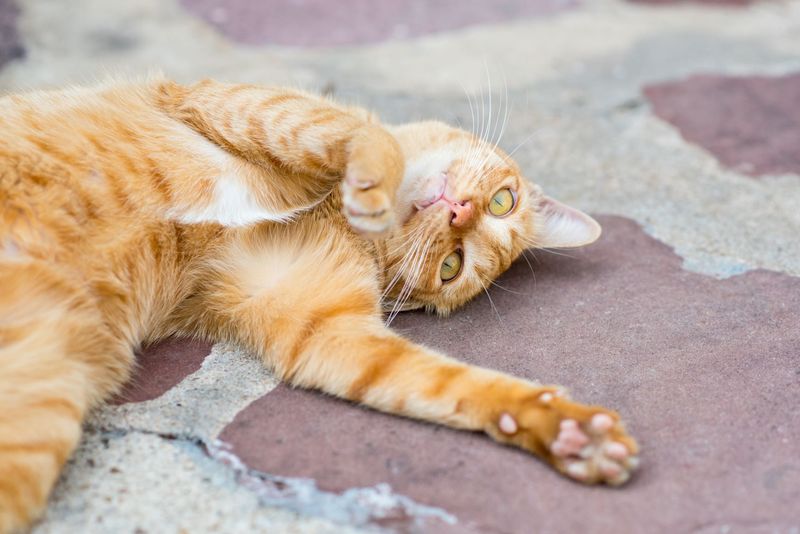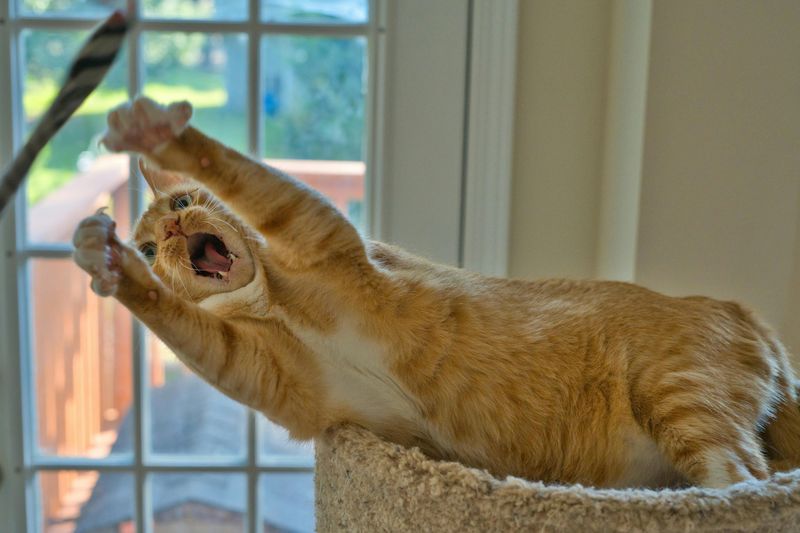📖 Table of Content:
Watching your kitten grow into a full-fledged cat is a fascinating, chaotic, and sometimes hilarious journey. Somewhere between four months and one year of age, your cat enters what many call the “teenage phase”—a time filled with transformation, boundary testing, and emerging independence. Just like with human teens, you’ll probably find yourself asking, “Who is this tiny creature, and where did my sweet kitten go?”
This developmental stage is crucial. During this time, your cat’s personality begins to solidify, their body undergoes rapid growth, and new behavioral patterns emerge. Understanding what’s happening behind the scenes helps you guide them with patience and maybe just a bit more tolerance when they knock over your favorite plant for the third time in a week. They’re not being “bad”—they’re just learning how to be a cat in a big, human world.
So buckle up for the ride. In this guide, we’ll break down the 10 most common (and surprising!) changes you’ll see in your adolescent cat. These shifts aren’t just adorable quirks; they’re milestones that shape who your cat will become. And the more you understand them, the better equipped you’ll be to support your fluffy rebel through this wild chapter.
1. Mood Swings
Suddenly, your cat may swing from loving snuggles to biting your hand in the span of five seconds. This unpredictable emotional rollercoaster is completely normal during adolescence. Hormonal changes and mental development make cats extra sensitive to their environment and routines. One day, they might follow you around like a shadow, while the next, they hide under the bed for hours. This doesn’t mean they love you any less—it just reflects internal changes they don’t know how to express. Try not to take these mood shifts personally, and instead create consistent routines that provide a sense of safety. Over time, their moods will stabilize, especially with positive reinforcement and gentle redirection.
2. Increased Independence
Without warning, your once-attached kitten might begin seeking solitude or adventure on their own. This new desire for space is a natural part of growing up. Adolescent cats are wired to explore and start developing confidence apart from their caregivers. You may notice them hanging out in rooms they never used before or declining cuddle sessions they used to crave. Respecting their need for space while maintaining affection on their terms strengthens the bond. Let them come to you, and don’t force interaction when they’re in “solo mode.” This phase helps shape self-assured, curious adult cats. Think of it as your feline’s way of saying, “I love you, but I’ve got some life to figure out.”
3. Testing Limits
With newfound confidence often comes a bold curiosity that can make your cat a tiny agent of chaos. They’ll push rules they never questioned before: jumping on counters, clawing at new surfaces, or darting through doors left slightly ajar. These rebellious behaviors are all about testing boundaries—your boundaries. They’re learning what gets a reaction and what doesn’t, and your consistency is key. A calm, firm “no” paired with redirection works better than scolding. Make sure they have acceptable outlets like scratching posts or climbing trees to channel their energy. This is the ideal time to teach house rules that’ll stick into adulthood. Think of it as kitten college—with you as the professor.
4. Energetic Bursts
Expect bursts of high-speed zoomies and random acrobatics that turn your home into an obstacle course. These energy spikes are caused by developmental shifts and an intense need for physical stimulation. Your cat might tear through rooms, launch themselves off furniture, or chase invisible prey in a frenzy. It’s not misbehavior—it’s pure, unfiltered kitten adrenaline. Engaging them with playtime before these zoomies hit can help redirect that energy into something productive (and less destructive). Toys like wand teasers, tunnels, or puzzle feeders can be lifesavers. The key is to burn energy before bedtime if you ever want to sleep again. Remember: a tired cat is a happy, less chaotic cat.
5. New Social Behaviors
Interactions with you, other pets, or even strangers might suddenly shift during the teen phase. Your cat may become more assertive—sometimes even bossy—when it comes to food, space, or attention. These changes reflect their evolving social hierarchy instincts. Some cats become more vocal or demanding; others grow more cautious or competitive. It’s important not to interpret all these behaviors as aggression—they’re often exploratory or territorial. Observe closely to understand what’s new behavior versus play versus genuine discomfort. Use treats and positive cues to reinforce gentle social habits. With guidance, these experiments in socializing can transform into healthy adult manners.
6. Sexual Maturity
If your cat hasn’t been spayed or neutered, this stage brings major behavioral changes rooted in hormones. Females may yowl loudly or act restless; males may start spraying to mark territory. Both sexes may become more vocal and hyper-focused on escaping outdoors to find mates. These shifts are completely normal but can be overwhelming for both pet and owner. Spaying/neutering not only prevents unwanted litters but also greatly reduces stress, aggression, and roaming behaviors. Vets typically recommend the procedure around 5–6 months of age for a smoother transition. It’s one of the most impactful ways you can support your teen cat’s health and behavior. Don’t wait too long—once the instincts kick in, they’re hard to reverse.
7. Appetite Surges
Your cat may suddenly start eating like a small, furry vacuum cleaner. This dramatic increase in hunger is tied to growth spurts that demand more calories and nutrients. You might find them begging at mealtimes or even trying to sneak food off your plate. Resist the urge to overfeed, and instead ensure their food is nutritionally dense and portioned for their age. High-protein kitten formulas are ideal during this phase. Break meals into smaller, more frequent servings if needed. Monitor their weight and adjust feeding as they approach adulthood. This isn’t just about filling their belly—it’s about fueling the growth of a strong, healthy cat.
8. Physical Changes
From long limbs to leaner frames, teenage cats often go through a visually awkward stage. Their bodies may appear out of proportion, with oversized ears or tails that seem too long. This is a natural part of growing into their adult build. You may also notice changes in coat texture, pattern, or color as their adult fur grows in. Some cats shed their baby fluff and take on a shinier, denser appearance. Keep up grooming routines to help with shedding and skin health. Don’t be surprised if they look different month to month—it’s all part of the transformation. Soon, they’ll settle into the majestic adult form you’ll adore.
9. Emerging Personality
Though cats are known for their marathon naps, teenage ones can have wildly unpredictable sleep rhythms. One week they’re sleeping all day, the next they’re pouncing on your feet at 3 a.m. These shifts often reflect both physical growth and mental stimulation needs. You may notice them adjusting their sleep/wake cycle to align with household activity or to match playtime. Provide cozy, quiet places for daytime naps and keep evenings calm to promote restful nighttime behavior. Routine is helpful here, especially if you’re not a fan of 5 a.m. zoomies. Their internal clock will balance out eventually—until then, a bit of patience goes a long way.
10. Sleep Patterns Shift
Most exciting of all, your cat’s unique personality begins to shine during this phase. Traits that were subtle in kittenhood—like being a lap cat or a mischievous explorer—become more defined. You’ll learn what toys they love, what annoys them, and what makes them feel safe. This is when lifelong bonds are often deepened through shared routines, play, and quiet companionship. Take time to observe, learn, and celebrate these quirks. By honoring who they’re becoming, you’re laying the foundation for a trusting, loving relationship. Every cat is different, and that’s what makes this journey so rewarding.

